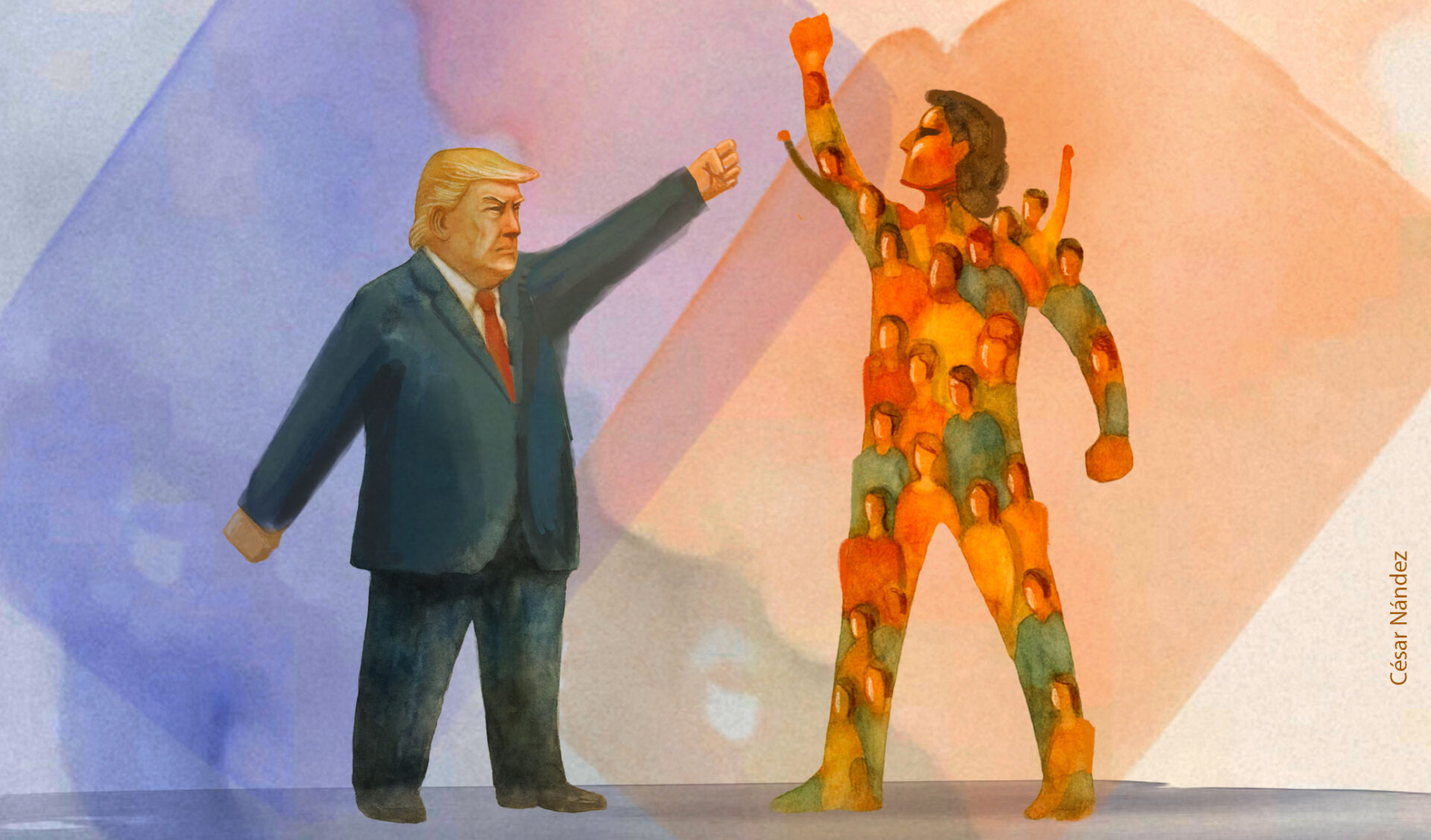In its latest issue, The Economist described Trump’s trade policy as “The Age of Chaos.” In reality, the United States has been turning against free trade since 2017, with the start of the first Trump administration, which unilaterally raised tariffs on China and withdrew from the Trans-Pacific Partnership (TPP). It is worth recalling that then-Democratic candidate Hillary Clinton also opposed the TPP. Subsequently, the Biden administration maintained that position, with its advisers arguing that free trade had not benefited the United States: it hurt American workers and favored its main geopolitical rival.
With Trump II, however, the changes have been even more drastic. U.S. trade policy has become far more chaotic and unpredictable. Chaotic because it contradicts the international order: Trump has no interest in honoring international commitments or multilateral institutions. Unpredictable because it is unclear whether his decisions are driven by the trade deficit, rivalry with China, or other motives; nor is it clear how the additional tariffs are calculated.
But there is an even more worrying development: the United States has decided to abandon its allies. Even during the Obama era, it was evident that there was an intention to displace China in the trade sphere through initiatives like the TPP, which sought to establish rules before the Asian giant could. Biden, for his part, launched the Indo-Pacific Economic Framework for Prosperity (IPEF) and the Americas Partnership for Economic Prosperity (APEP), aiming to build a new trade policy focused on prosperity, but also with the intention of sidelining China. These initiatives assured that the United States would not leave its allies behind. However, Trump II has broken with that premise. The chaos of tariffs has affected Canada, the European Union, the United Kingdom, Australia—its main allies.
In Latin America, many countries have been impacted by the tariffs, even those with Free Trade Agreements (FTAs) in force with the United States. In South America: Chile, Colombia, and Peru; in Central America and the Caribbean: Costa Rica, Guatemala, Honduras, El Salvador, the Dominican Republic, Panama, and Nicaragua. In North America, of course, Mexico. Biden tried to include several of these countries in the APEP and explore other ways to promote trade and investment. Trump, on the other hand, has completely ignored these efforts and imposed tariffs unilaterally.
What should these countries and the rest of the Latin American economies do in the face of this scenario?
Based on statements from Trump and his officials, it seems that the United States expects countries to offer something more, in addition to what has already been agreed upon in the FTAs and consolidated in the WTO. That “something more” is no small thing. The existing agreements already include tariff reductions, rules on intellectual property, services, restrictions on technology transfers, and investment protection.
Nevertheless, Latin American economies should resist the urge to quickly give in to these pressures. Of course, it is useful to maintain bilateral conversations to better understand the northern power’s position, but hastily offering concessions could be a mistake for at least three reasons: first, because Trump does not act according to the rule of law but according to the law of the strongest, where power imposes its will without any guarantee of compliance; second, because those who negotiated trade agreements do not necessarily have the capacity to assess the geopolitical and strategic implications involved, which go far beyond mere trade; and third, because many countries are facing similar challenges and could benefit more from a coordinated response.
Several countries in Latin America have FTAs with the United States. Some have grouped together in the Pacific Alliance and all have held meetings within APEC. Except for Mexico, due to its integration with the United States, none holds a special position. However, they all share a common objective: that what has been agreed upon is respected, and that the region is recognized for its commercial and strategic weight.
Rather than redefining their negotiation strategies, the region needs to balance relative power and raise the cost of noncompliance for the United States. That is why it is essential that countries with FTAs—and ideally all countries—coordinate their response. Private sector representatives must do the same, not only to reinforce the positions of their delegations but also to mobilize their networks and commercial allies within the United States.
In a chaotic environment, like a jungle, the strongest survive—especially if the weak act separately. Latin American countries with FTAs have opportunities to negotiate as a bloc: the Pacific Alliance is one avenue, and APEP is another, where Uruguay and Ecuador also participate.
The Southeast Asian countries are already setting the example; while maintaining bilateral dialogues, they have also coordinated responses and policies through ASEAN (the Association of Southeast Asian Nations). This regional strategy, although more costly in the short term, may prove the best option in the medium and long term. Especially if, as The Economist argues, we have entered an age of chaos.
*Machine translation proofread by Janaína da Silva.











